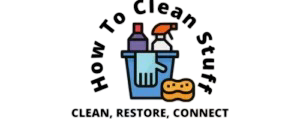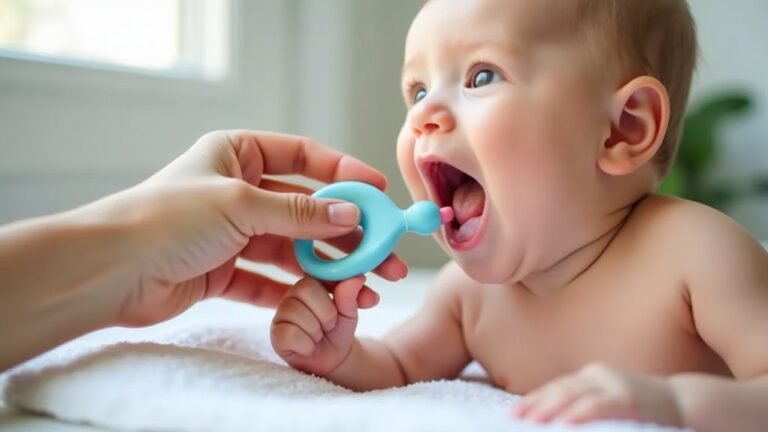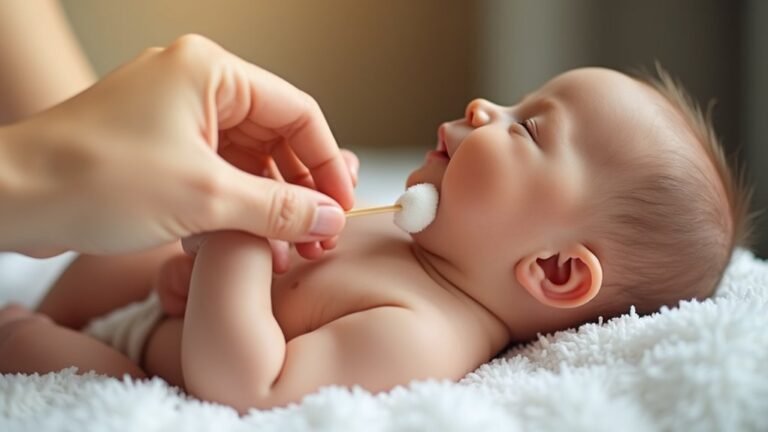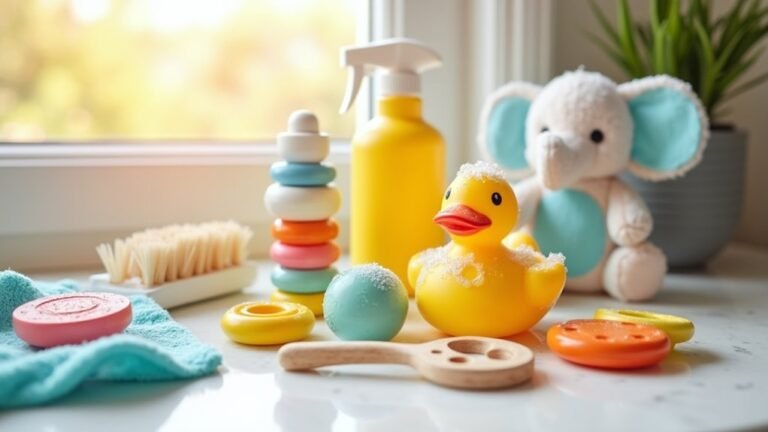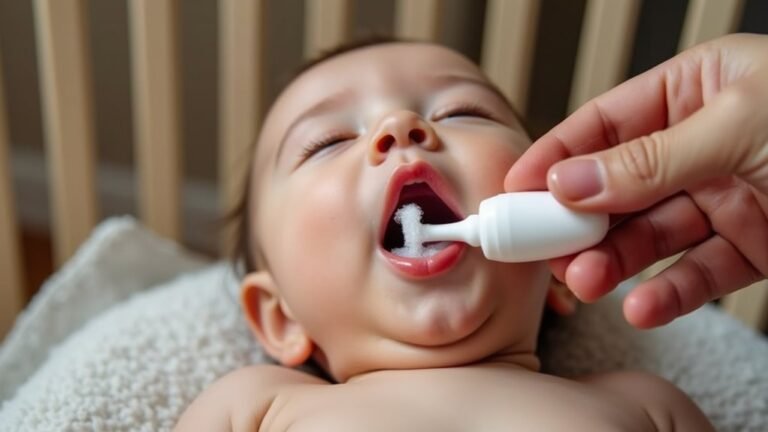Keeping your baby's pacifier clean is super important for their health. While you might think quickly running it under the tap is good enough, there are better ways to make sure it's truly clean and safe for your baby to use.
Some of the links in this article may be affiliate links. If you make a purchase through these links, we may earn a small commission at no extra cost to you. Thank you.
According to Dr. Natasha Burgert, a pediatrician and spokesperson for the American Academy of Pediatrics, "The easiest way to clean a pacifier is to wash it with hot, soapy water and let it air dry. For extra protection, you can boil it for about five minutes."
To clean a pacifier properly:
- Wash your hands first
- Use warm water and mild dish soap
- Scrub all parts of the pacifier, especially the nipple
- Rinse really well so no soap stays behind
- Let it dry completely on a clean paper towel
Tips to avoid:
- Don't clean a pacifier with your mouth
- Don't use harsh chemicals or bleach
- Don't skip washing it after it falls on the floor
- Don't forget to check for cracks or tears
It's smart to have several clean pacifiers ready, so you always have a backup when one needs washing. Remember to replace pacifiers every two months, or sooner if they show signs of wear and tear. Breaking these habits might seem tricky at first, but your baby's health is worth the extra effort.
Baby Safety Comes First

When it comes to your baby's pacifier, safety should always be your top priority.
We recommend cleaning with soap and water before each use to protect your little one's developing immune system from viruses or bacteria.
Let's be diligent about inspecting pacifiers for damage, and remember to replace them every two months.
Never tie them around your baby's neck, and always sterilize before first use.
Let's look at the essential steps and precautions for cleaning your baby's pacifier, including both recommended methods and practices to avoid.
We'll break down the cleaning process into clear, manageable steps that guarantee your little one's pacifier stays safe and hygienic.
Before we explore specific techniques and safety tips, it's important to understand that proper pacifier cleaning isn't just about removing visible dirt – it's about protecting your baby's developing immune system.
Things to Do When Cleaning a Pacifier
Keeping your baby's pacifiers clean is essential for their health and safety. Proper cleaning not only removes harmful bacteria and germs but also extends the life of the pacifier while protecting your infant from potential infections.
Regular maintenance through proper cleaning methods guarantees that your baby can safely use their pacifier without risking exposure to harmful microorganisms.
- Use warm water and mild dish soap – Wash thoroughly with gentle soap to remove bacteria and debris without leaving harsh chemical residues.
- Scrub all surfaces – Pay special attention to the nipple, shield, and any crevices where bacteria can hide.
- Rinse completely – Remove all soap residue with clean water to prevent your baby from ingesting any cleaning agents.
- Boil for sterilization – Submerge pacifier in boiling water for 5 minutes to kill remaining bacteria.
- Inspect for damage – Check for tears, holes, or weak spots before each use.
- Air dry thoroughly – Place on clean paper towel or drying rack until completely moisture-free.
- Store properly – Keep in clean, sealed container to maintain hygiene between uses.
- Replace regularly – Discard and replace pacifiers every two months or sooner if showing wear.
Things to Avoid When Cleaning a Pacifier
Keeping your baby's pacifier clean is essential for their health and safety, but certain cleaning methods can actually do more harm than good. Improper cleaning techniques can compromise the pacifier's structural integrity or introduce harmful substances that could affect your baby's well-being.
- Abrasive cleaners and antibacterial agents – These harsh products can create microscopic damage to the pacifier's surface, making it prone to harboring bacteria.
- Excessive detergent mixtures – Using multiple cleaning products together can degrade the pacifier material and leave harmful residue.
- Mouth cleaning – Cleaning the pacifier with your own mouth transfers bacteria and can potentially make your baby sick.
- Pacifier necklaces or homemade attachments – These create dangerous strangulation hazards and should never be used.
- Baby wipes and disinfectant wipes – These contain chemicals and additives that aren't safe for items that go into a baby's mouth.
Steps
Maintaining proper pacifier hygiene is vital for your baby's health and safety. Regular cleaning helps prevent the buildup of harmful bacteria and guarantees the pacifier remains in good condition for your child's use.
Following a systematic cleaning routine will help protect your baby from potential infections while extending the life of the pacifier.
Step 1: Rinse the pacifier under warm running water to remove loose debris.
Step 2: Mix mild dish soap with warm water in a clean bowl.
Step 3: Wash the pacifier thoroughly with the soapy solution, paying special attention to all surfaces and crevices.
Step 4: Rinse the pacifier completely with clean water to remove all soap residue.
Step 5: Shake off excess water and let air dry on a clean paper towel.
Step 6: For deep cleaning, boil the pacifier in water for 5 minutes.
Step 7: Remove the pacifier with tongs and place on a clean surface to cool.
Step 8: Inspect the pacifier for any signs of damage or deterioration.
Step 9: Store the clean pacifier in a sealed, sterile container.
Step 10: Replace the pacifier every two months or sooner if showing signs of wear.
Final Thoughts
Proper pacifier hygiene plays a significant role in your baby's health and well-being.
We recommend using water and dish soap for daily cleaning, while regularly sterilizing pacifiers in boiling water to maintain ideal hygiene.
While pacifier wipes are convenient for on-the-go cleaning, they shouldn't replace thorough washing.
Remember to inspect for white patches or damage, and always properly sterilize and clean to protect your children's immune system.

Keeping your baby's pacifiers clean is a crucial part of their health and safety routine. While it may seem like a simple task, proper cleaning and maintenance can make a significant difference in protecting your little one from harmful bacteria and potential hazards.
By following basic steps like using warm water and mild soap, regular sterilization, and careful inspection, you can guarantee your baby's pacifiers remain safe and hygienic.
Remember that cutting corners on pacifier hygiene isn't worth the risk to your baby's health. Take the time to properly clean pacifiers after each use, and always have clean backups ready.
Your diligence in maintaining clean pacifiers will contribute to your baby's overall well-being and give you peace of mind as a parent.
Start implementing these cleaning practices today, and make them part of your daily routine. Your baby's health is worth every minute spent on proper pacifier care.
